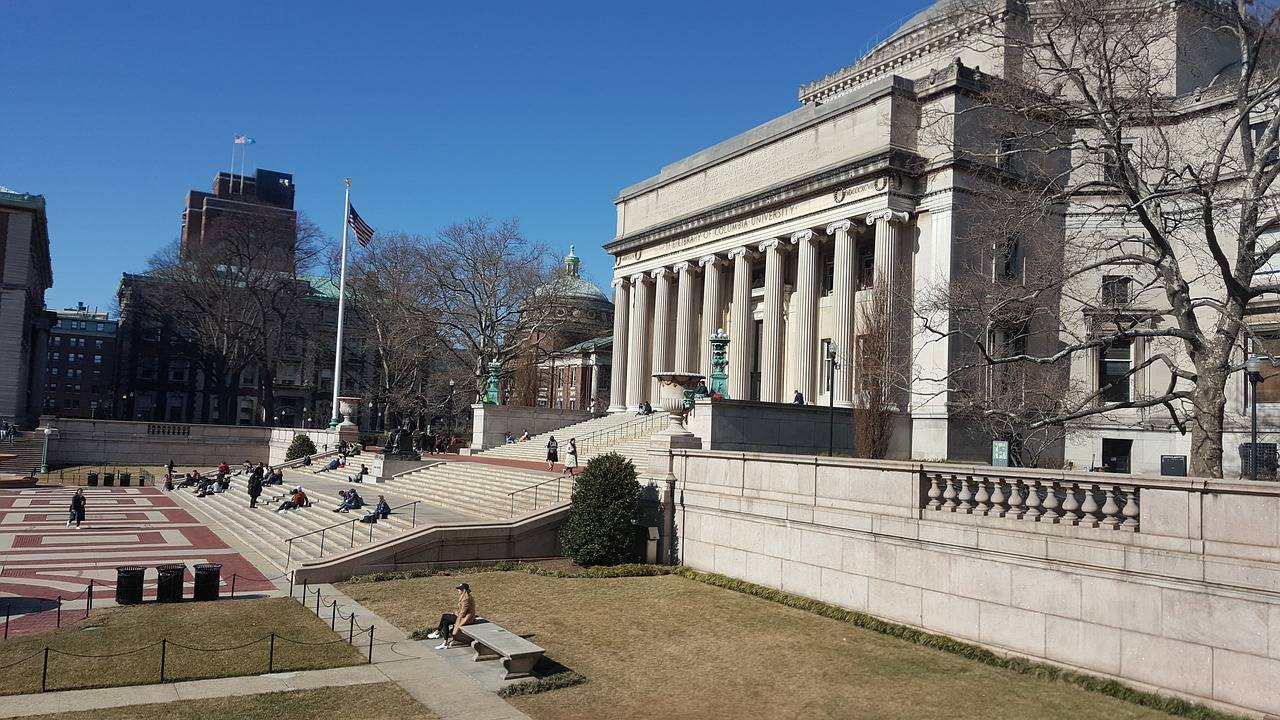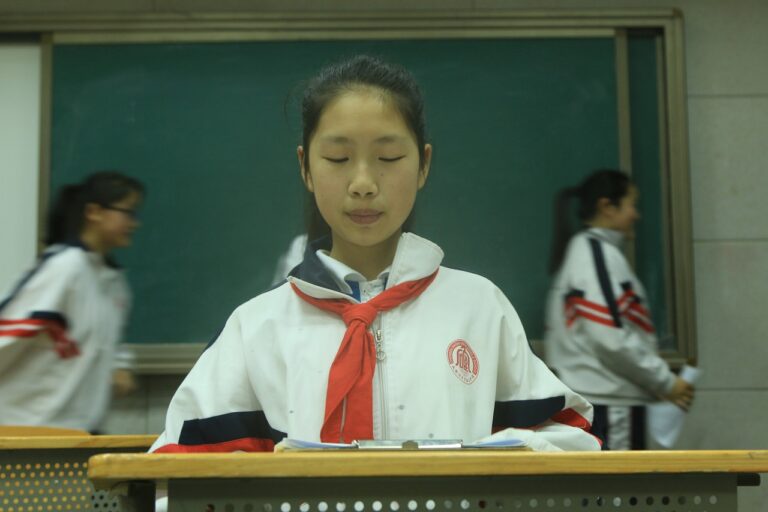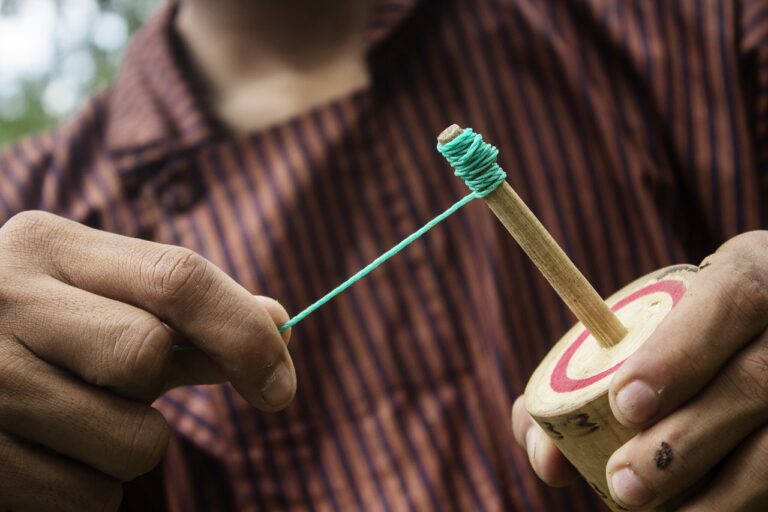Exploring Culturally Inclusive Art Education Curriculum
Cultural representation and diversity are fundamental factors that should be integrated into art education curricula. By incorporating various cultural perspectives, students can gain a deeper understanding of the world around them and the rich tapestry of artistic traditions that exist. Providing students with exposure to artworks from different regions, time periods, and cultures allows for a more comprehensive and inclusive art education experience.
In addition to diversifying the selection of artworks studied, it is essential to incorporate opportunities for students to create art that reflects their own cultural identity. Encouraging self-expression through art can empower students to explore their heritage and share their unique perspectives with others. By embracing cultural inclusivity in art education, educators can foster a sense of belonging and respect for diverse artistic practices among students.
Understanding Diversity in Art History
Diversity in art history encompasses a broad spectrum of perspectives, styles, and influences that have shaped the artistic landscape throughout the ages. It is crucial to recognize the multitude of cultures, traditions, and identities that have contributed to the rich tapestry of artistic expression across the world. By studying art history through a lens of diversity, we gain a deeper understanding of the complexities and interconnectedness of human experiences.
Art history is not confined to a single narrative or tradition; rather, it is a dynamic and ever-evolving field that continues to reflect the diverse voices and experiences of humanity. By exploring the diverse narratives and contributions of artists from different cultures and backgrounds, we are able to challenge conventional perspectives and broaden our appreciation for the beauty and complexity of art. Embracing diversity in art history helps us to break down barriers, foster empathy, and create a more inclusive and equitable educational experience for all students.
Integrating Multicultural Perspectives in Art Lessons
Art education today requires a dynamic approach that goes beyond monocultural perspectives to embrace the rich tapestry of diverse cultures. By integrating multicultural perspectives into art lessons, students gain a broader understanding of the world around them and foster empathy towards others. It is essential for educators to expose students to various artistic traditions, practices, and narratives that reflect the diversity of human experiences.
Incorporating multicultural perspectives in art lessons not only enriches students’ learning experiences but also challenges Eurocentric biases that have historically dominated art education. By highlighting the contributions of artists from different cultural backgrounds, educators can empower students to appreciate the value of cultural diversity and promote inclusivity in the classroom. Through engaging with art forms from various cultures, students can develop a more holistic view of art as a universal language that transcends cultural boundaries.
– Embracing multicultural perspectives in art lessons promotes empathy towards others
– Exposing students to diverse artistic traditions broadens their understanding of the world
– Challenging Eurocentric biases in art education empowers students to appreciate cultural diversity
– Highlighting contributions of artists from different backgrounds promotes inclusivity in the classroom
Why is it important to integrate multicultural perspectives in art lessons?
It is important to integrate multicultural perspectives in art lessons to promote diversity, foster cultural understanding, and provide a more inclusive and enriching educational experience for students.
How can art teachers incorporate multicultural perspectives into their curriculum?
Art teachers can incorporate multicultural perspectives into their curriculum by including diverse artists, art forms, and cultural practices from around the world. They can also integrate discussions about cultural diversity, identity, and representation in art.
What are some key components of a culturally inclusive art education curriculum?
Some key components of a culturally inclusive art education curriculum include providing a diverse range of artists and art forms, discussing the historical and cultural context of artworks, and encouraging students to explore their own cultural identities through art making.
How can understanding diversity in art history enhance students’ learning experiences?
Understanding diversity in art history can enhance students’ learning experiences by exposing them to a wider range of artistic perspectives, traditions, and influences. This can help students develop a more nuanced understanding of art and its role in different cultures.
What are some practical strategies for integrating multicultural perspectives in art lessons?
Some practical strategies for integrating multicultural perspectives in art lessons include incorporating diverse artists and artworks into the curriculum, providing opportunities for students to explore their own cultural heritage through art making, and fostering open discussions about cultural diversity in the classroom.






